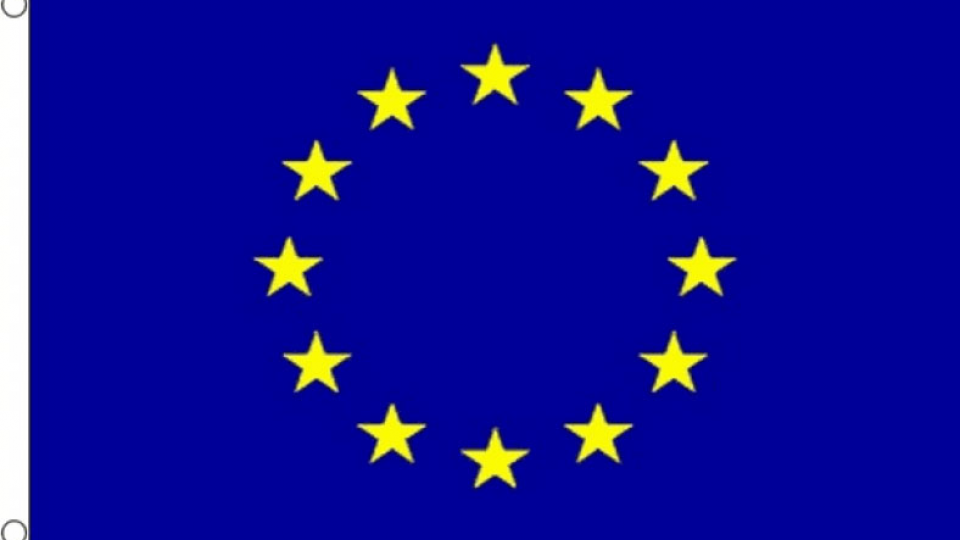
EU economic outlook weaker than projected
The EU economy entered the new year on a weaker note than previously projected. Having regained the pre-pandemic output level in summer last year, a moderate slowdown was already expected in the Autumn Forecast. However, since then headwinds to growth have intensified.
After a soft patch, the economic expansion is set to regain pace in the second quarter of this year and remain robust over the forecast horizon. Following a strong recovery by 5.3% in 2021, the EU economy is now forecast to grow by 4.0% in 2022, as in the euro area, and by 2.8% in 2023 (2.7% in the euro area).
The resurgence of the pandemic last autumn and the exponential spread of the new Omicron variant have led to renewed strains on healthcare systems and an unprecedented surge of absences from work in many EU countries. Governments across the EU have reinstated restrictions– though generally of a milder or more targeted nature than in previous waves. Persistent logistic and supply bottlenecks, including shortages of semiconductors and some metal commodities, keep weighing on production, as do the elevated prices of energy. Stronger than expected inflationary pressures weigh on households’ purchasing power.
This forecast assumes that the impact on the economy caused by the current wave of infections will be short-lived and that most of the supply bottlenecks will fade in the course of the year. Finally, inflationary pressures are expected to moderate towards the end of the year. Looking beyond this short-term turbulence, a continuously improving labour market, large accumulated savings, still favourable financing conditions, and the full deployment of the Recovery and Resilience Facility (RRF) are all set to support a prolonged and robust expansionary phase.
Compared to the Autumn Forecast, inflation projections have been revised up, as energy prices are now set to remain high for longer and price pressures are broadening to several categories of goods and services. Inflation in the euro area is projected to peak in the first quarter of 2022 and remain above 3% until the third quarter of the year. As the pressures from supply constraints and energy prices fade, inflation is expected to decline markedly in the final quarter of the year and settle at below 2% next year.
Overall, inflation in the euro area is forecast to increase from 2.6% in 2021 (2.9% in the EU) to 3.5% (3.9% EU) in 2022, before declining to 1.7% (1.9% EU) in 2023. The balance of risks to the growth outlook is broadly even. The current wave of infections could have a longer lasting economic impact than assumed, bringing fresh disruptions to critical supply chains.
On the upside, household consumption could grow more strongly, as observed following previous waves, while investments fostered by the RRF could generate a stronger impulse to activity. The inflation projections are subject to upside risks if cost pressures are passed on from producer to consumer prices to a larger extent, increasing the likelihood of strong second-round effects. Risks to the growth and inflation outlook are aggravated by geopolitical tensions in Eastern Europe.



